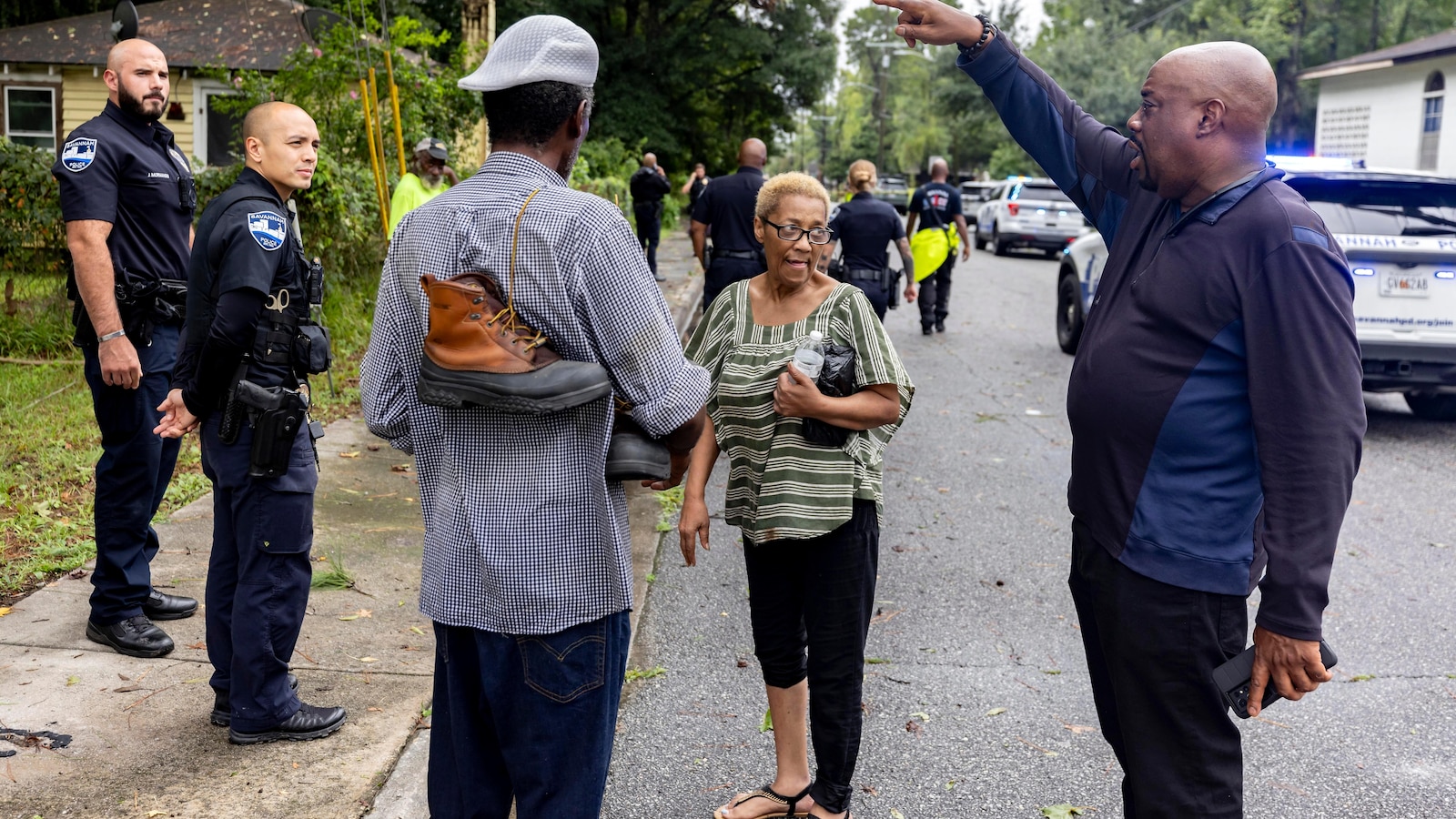Extreme Weather: It’s Not Just About Catastrophic Hurricanes
The recent extreme weather events across the United States have demonstrated that even non-catastrophic storms can cause significant damage. The torrential rains from Tropical Storm Debby, for example, have flooded communities in the Southeast, leaving thousands without power from Georgia to New York City.
Advance Preparation is Crucial
Experts emphasize the importance of disaster preparedness, especially as weather patterns shift due to global warming and damaging storms become more frequent. Key steps include:
- Ensure your home meets updated building codes.
- Familiarize yourself with your insurance coverage.
- Stay informed about weather alerts and local officials’ recommendations.
- Clear gutters and ensure proper drainage on your property.
- Use sandbags correctly to prevent water entry.
Responding to Storms
During severe weather events, take the following precautions:
- Heed evacuation orders and gather essential documents.
- Stay informed through local news and weather alerts.
- Avoid driving through flooded areas.
Preparing Your Home
Short-term preparation measures include:
- Move valuables to higher levels.
- Charge sump pump batteries.
- Stockpile food, water, and medical supplies.
- Park your car in an elevated location to prevent flooding.
Protecting Against Hazards
Specific hazards require unique responses:
- Flooding: Move to the highest level of your home or seek shelter.
- High Wind/Tornadoes: Seek shelter on lower levels or follow local evacuation instructions.
By following these precautions and staying informed, you can increase your safety and minimize damage during extreme weather events.



